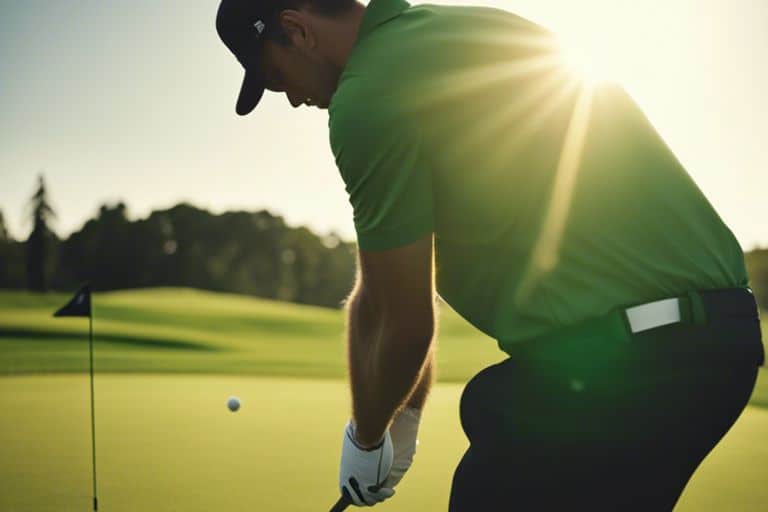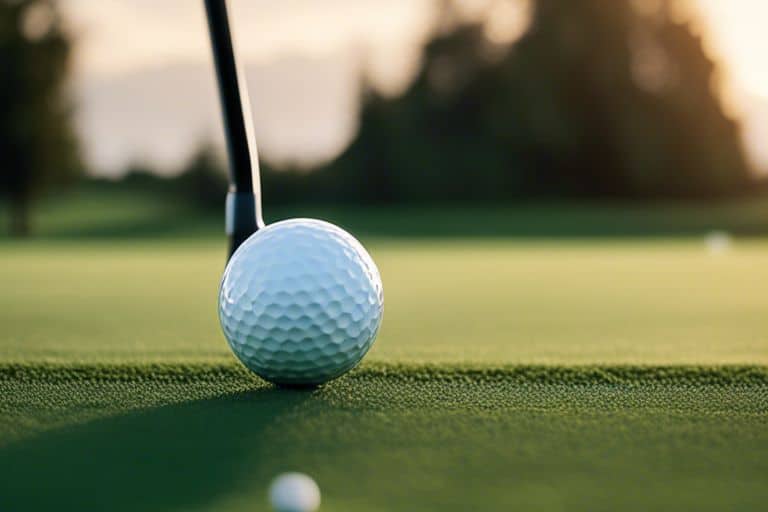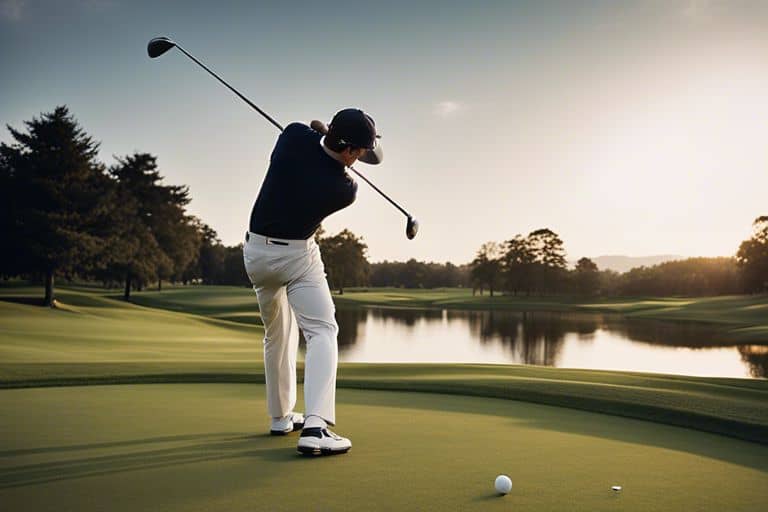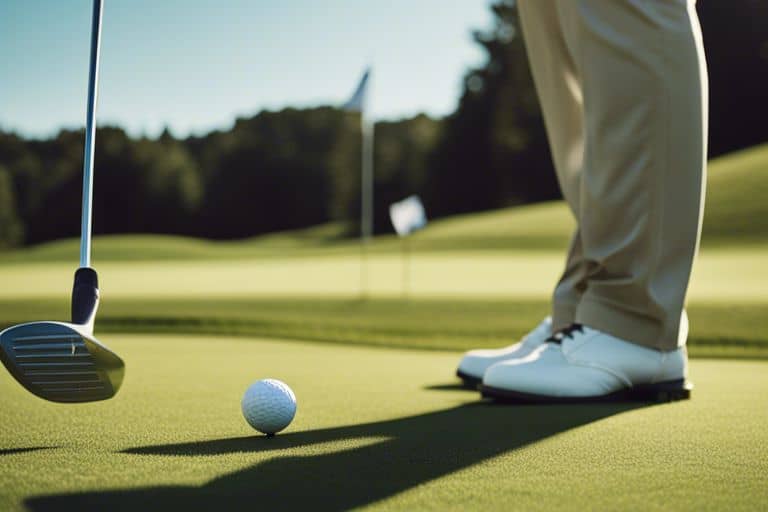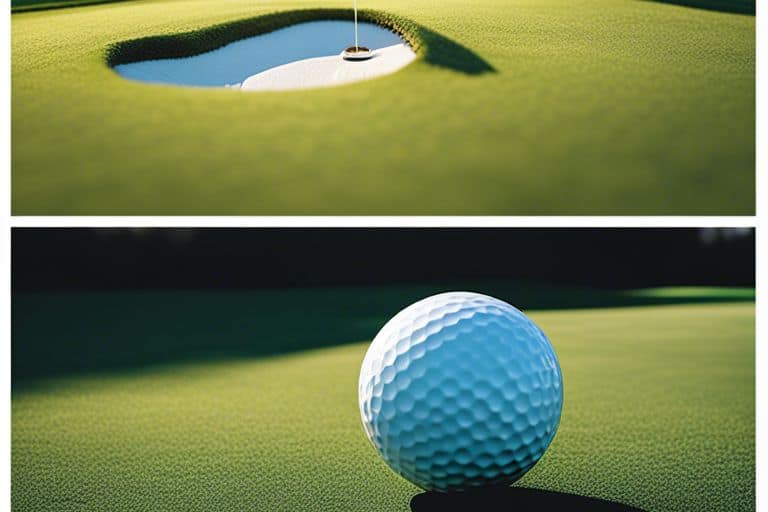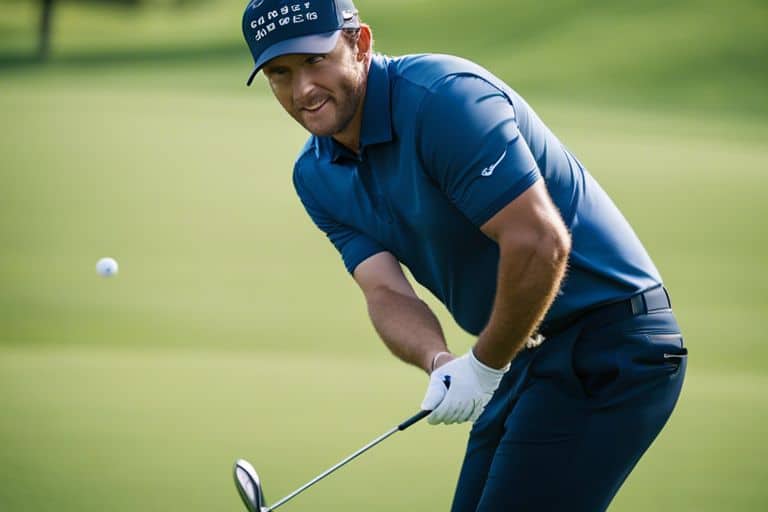How do you hit a "low draw" shot in golf?
Perchance you find yourself in a situation on the golf course where the wind is against you and you need to hit a low draw shot to keep the ball out of the air and moving in the right direction. As a seasoned golfer, I have mastered the art of hitting a low draw and I will share with you the key steps to accomplishing this shot. By adjusting your stance, clubface, and swing path, you can confidently execute a low draw shot that will have you out of trouble and on your way to a successful round of golf.
Fundamentals of the Golf Swing
Your ability to hit a “low draw” shot in golf is heavily reliant on your understanding and execution of the fundamental aspects of the golf swing. Mastering these fundamentals will provide you with the solid foundation necessary to consistently produce the shot shape you desire.
Golf Stance and Positioning
When it comes to hitting a “low draw” shot, your stance and positioning play a crucial role. I make sure my feet are shoulder-width apart and my body alignment is slightly closed, with the ball positioned back in my stance. This allows me to make a slightly steeper downswing, which is essential to generating the right launch angle for a “low draw” shot. It’s important to maintain a balanced posture throughout the swing to ensure a clean strike on the ball.
Understanding Swing Mechanics
Understanding the swing mechanics is essential for successfully executing a “low draw” shot. I focus on creating a strong shoulder turn in the backswing while maintaining a smooth transition to the downswing. This generates the necessary power and allows me to attack the ball from the inside, promoting a right-to-left ball flight. Additionally, I make a conscious effort to keep my clubface slightly closed at impact, which contributes to the desired draw spin on the ball. A smooth and unhurried follow-through is equally important to control the height and trajectory of the shot.

Mastering the Low Draw Shot
Some golfers struggle with hitting a low draw shot due to its technical nature. However, with the right approach and techniques, you can master this powerful shot and add it to your repertoire. In this chapter, I will share some key tips and strategies to help you achieve the perfect low draw shot on the golf course.
Grip Techniques for a Low Draw
When it comes to hitting a low draw shot, the grip plays a crucial role in controlling the clubface and promoting the desired ball flight. To achieve a low draw, I recommend using a slightly stronger grip by rotating both hands a bit to the right on the club handle (for right-handed golfers). This grip adjustment helps close the clubface at impact, encouraging a right-to-left ball flight trajectory that results in a low draw. Remember to maintain a firm grip pressure throughout the swing while ensuring that your wrists remain relaxed for optimal club control.
Ball Position and Clubface Alignment
One of the key factors in hitting a successful low draw shot is the alignment of the clubface and the positioning of the golf ball in your stance. To achieve the desired low draw, I recommend positioning the golf ball slightly farther back in your stance, closer to the right foot (for right-handed golfers). This allows for a more rightward swing path, which promotes the right-to-left ball flight characteristic of a low draw. Additionally, pay close attention to the alignment of the clubface at address, ensuring it points slightly to the right of your target. This helps initiate the right-to-left spin necessary for a successful low draw shot.

Practicing the Low Draw Shot
Despite being a challenging shot to master, practicing the low draw shot is essential to improving your overall game in golf. To start, I recommend finding a quiet area of the driving range where you can focus on honing this specific skill without distractions. By dedicating time to practicing the low draw shot, you will begin to build muscle memory and develop a better feel for the technique.
Drills to Enhance Your Low Draw
One effective drill to enhance your low draw shot is to place a headcover or alignment stick about 3-4 feet to the right of your target (for right-handed golfers). This will serve as a visual aid to help you swing from the inside, promoting a right-to-left ball flight. Additionally, I recommend practicing with a mid-iron to feel the sensation of compressing the ball to produce a lower ball flight. As you become more comfortable with the technique, gradually move to longer clubs to further develop your low draw shot.
Common Mistakes and Corrections
One common mistake when attempting the low draw shot is a weak grip, which can lead to an open clubface at impact. To correct this, I advise strengthening your grip slightly to promote a more closed clubface at impact. Another mistake is failing to shift your weight properly during the swing, resulting in a loss of power and control. To address this, focus on initiating your downswing with your lower body, allowing your upper body to follow through. By making these corrections, you can address common errors and improve your low draw shot.

Lastly
Here are some advanced tips and considerations to keep in mind when attempting to hit a low draw in golf:
- Ball Position: Adjust your ball position slightly back in your stance to promote a lower ball flight.
- Club Selection: Consider using a lower lofted club to help generate a lower trajectory for your draw shot.
- Body Alignment: Open up your stance slightly to encourage an inside-to-outside swing path, which is crucial for hitting a draw.
- Practice: Practice hitting low draw shots on the driving range to gain confidence and consistency with this shot.
Weather and Course Conditions Impact
Weather and course conditions can greatly impact your ability to execute a low draw shot in golf. Strong winds can affect the flight of the ball, making it difficult to control the draw. Additionally, wet or firm course conditions can influence the rollout of your shot, affecting the overall distance and trajectory. It’s important to be aware of these factors and adjust your approach accordingly when attempting a low draw.
Equipment Choices for Improved Performance
Choosing the right equipment can make a significant difference in your ability to hit a low draw shot. Consider using a club with a lower center of gravity to help launch the ball lower and with more spin for better control. Additionally, selecting a golf ball with a softer cover can aid in shaping your shots, including the low draw. Making these equipment choices can lead to improved performance and consistency in executing the shot.
Conclusion
With these considerations in mind, hitting a “low draw” shot in golf requires a combination of proper stance, clubface angle, and swing path. By adjusting your stance to be slightly closed and focusing on delivering a more inside-to-outside swing path, you can effectively create the necessary spin and trajectory to execute a low draw shot. Additionally, experimenting with different club selections and practicing this shot on the driving range will help you master this technique and add a valuable tool to your golf game.
